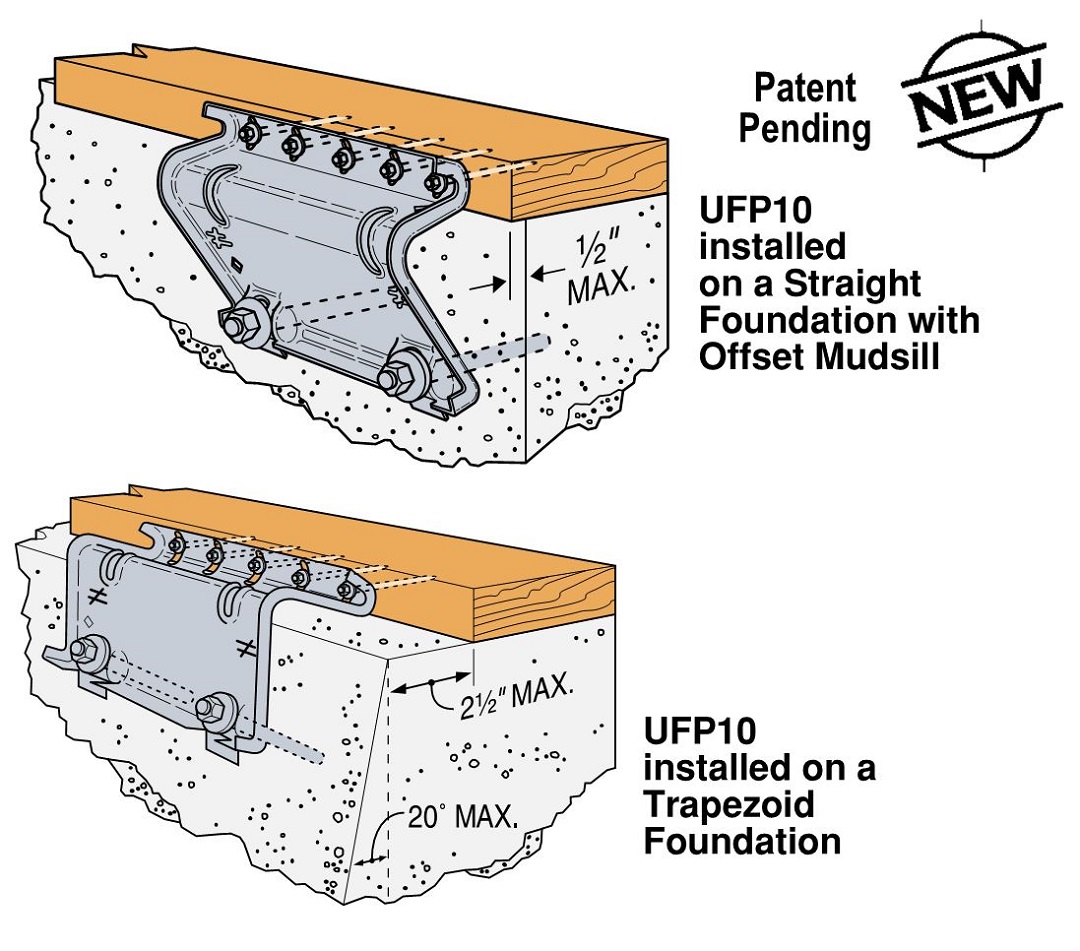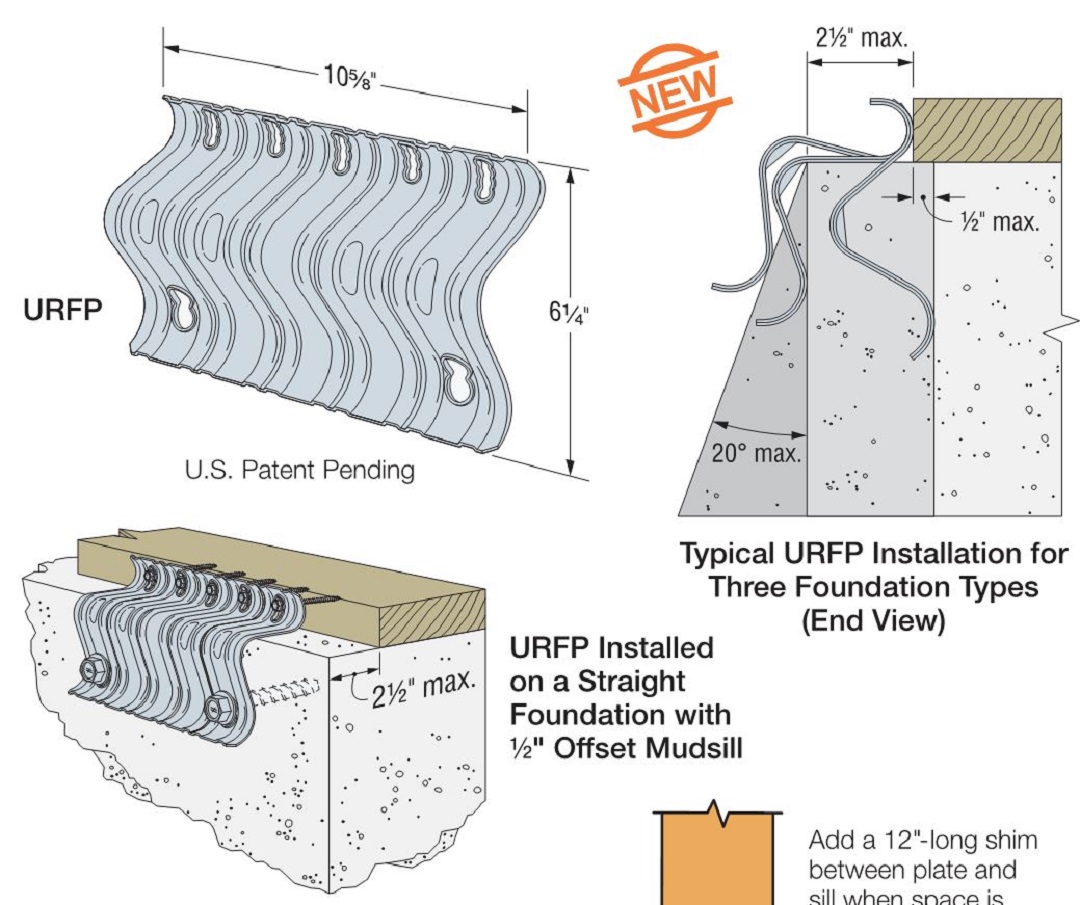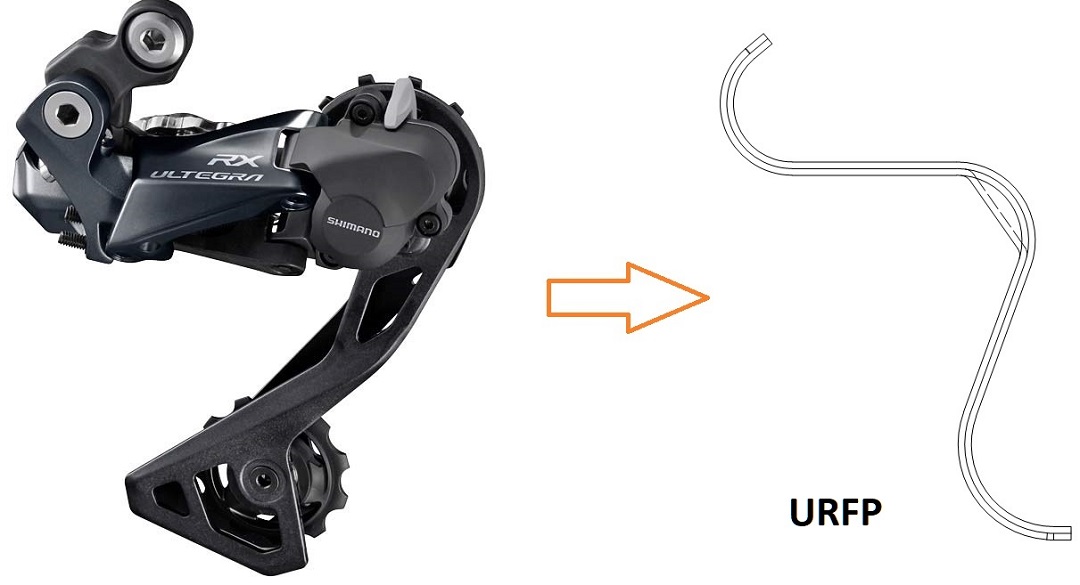While working as a structural engineer in San Jose, California, I had the great opportunity to design many retrofits of historic (and some not-so historic) buildings. Younger me loved the site visits, crawling around in the dust and dirt to create as-built drawings, and I got tremendous satisfaction from helping to make these buildings safer and stronger. Older me would not enjoy the crawling so much.
Simpson Strong-Tie provided us with catalogs to simplify the work of picking the right connectors. My favorite product for retrofits was the A35 framing angle, because of its versatility. A close second was the UFP10 universal foundation plate.

Introduced in 1997, the UFP10 solved several challenges for sill plate anchorage in retrofit construction. Unless the crawl space is very tall, there is not room to drill anchors thru the top of the sill plate. The UFP10 installs from the side, eliminating that problem. Sill plates are seldom flush with the face of the foundation, and the UFP10 addresses that by allowing for a large offset and even a small overhang. The shape of the UFP10 allows for installation on a straight or trapezoidal foundation, which are common in older homes.
In 2017, we developed the URFP as an improved version of the UFP10. The URFP offered the same adjustability but higher allowable loads. The scalloped slotted holes and longitudinal embossments improved performance and the higher loads allowed the URFP to be used as a one-for-one replacement of 1/2″- or 5/8″-diameter anchor bolts.

It may come as a surprise that a bicycle ride inspired the S-shape of the UFP10. In addition to being innovative, one of the UFP10 inventors was an avid cyclist. While pondering the challenges of mudsill anchorage, he thought about the derailleur mechanism that shifts gears on a bike.



